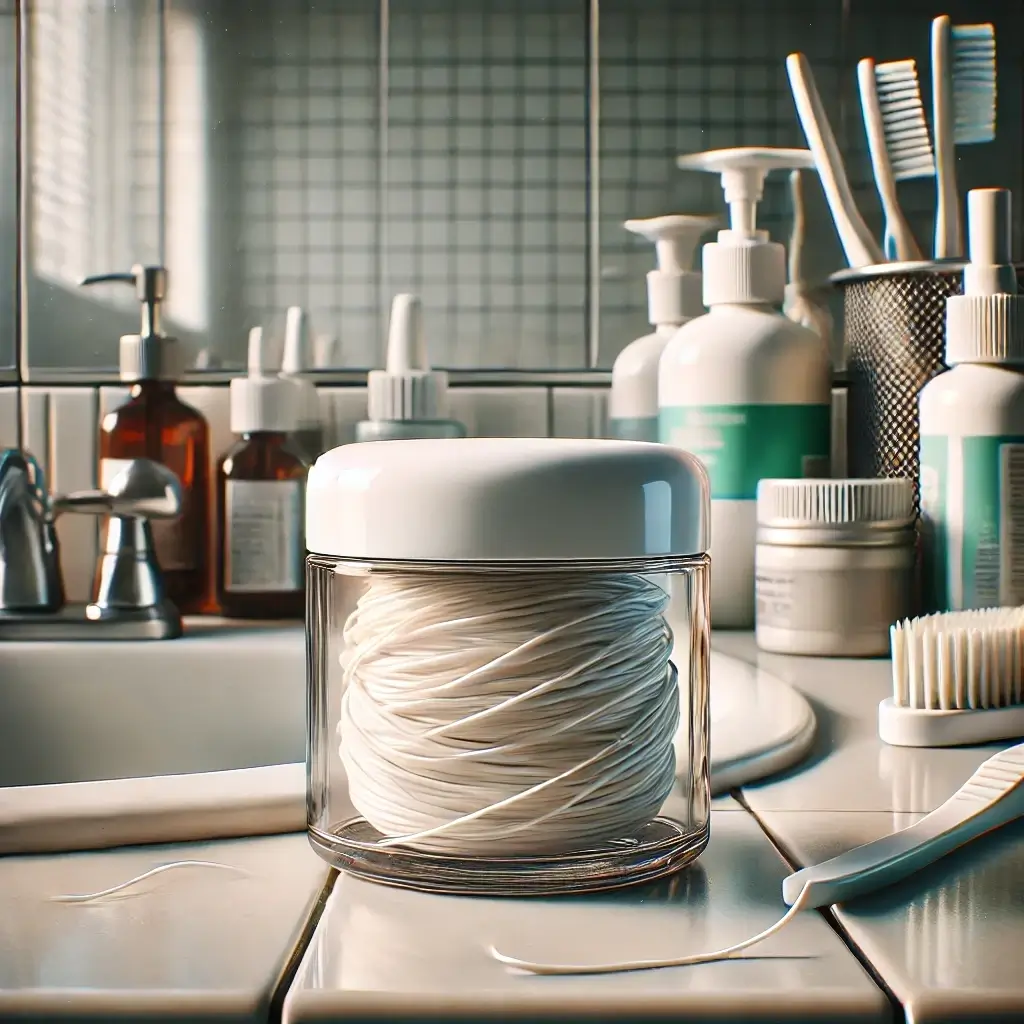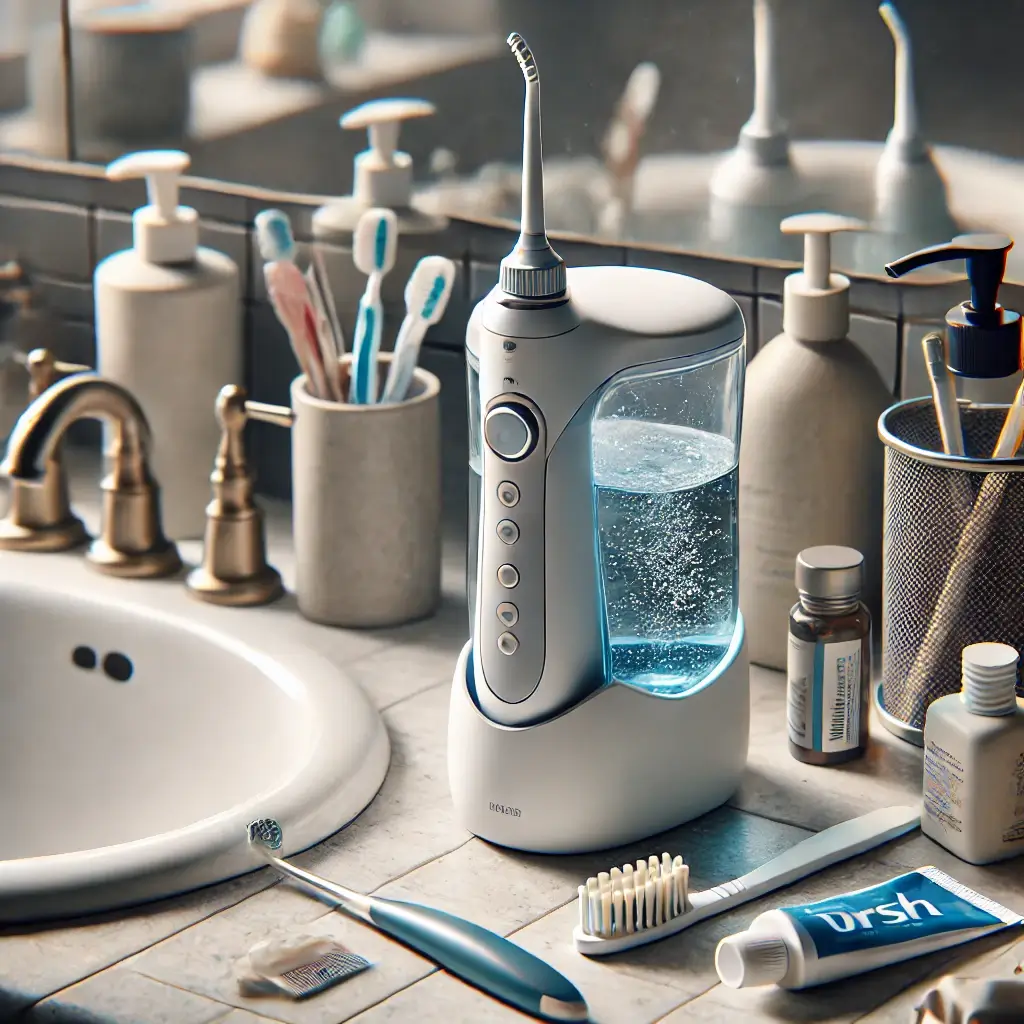Traditional string floss has long been the standard for removing plaque and food particles between teeth. However, thanks to advancements in dental technology, devices like water flossers have become popular alternatives and supplements to string flossing. This raises the question: Does a Waterpik replace flossing?
Can a Water Flosser Replace Flossing?
While there are significant advantages to using a water flosser, you’ll get the most comprehensive clean by using a water flosser and string floss together.
How Does a Water Flosser Work?
A water flosser sends a stream of pulsating water to remove food particles and plaque from between your teeth and below the gumline. Here’s how to use it:
- Fill the reservoir with lukewarm water.
- Attach a nozzle specific to your needs (e.g., standard tip, orthodontic tip).
- Start with the lowest pressure setting.
- Lean over the sink, and aim the water stream at a 90-degree angle to your gumline.
When you’re finished, empty the remaining water from the reservoir. Doing this and cleaning your water flosser once a week will minimize the risk of bacteria growing within the reservoir.
What Are the Benefits of Using a Water Flosser?
Water flossers are a gentler alternative to flossing. Flossing too aggressively with string can injure delicate gum tissue, causing inflammation, bleeding, and potential gum recession. Water flossers are also effective at cleaning around dental restorations like bridges or crowns that string floss might not be able to reach.
The targeted water stream can reach deep periodontal pockets and other hard-to-reach areas, effectively removing debris and reducing bacteria in the mouth. In addition, water flossers are user-friendly and especially helpful for people who find traditional flossing challenging due to dexterity issues.
Is a Waterpik as Good as Flossing?

While a Waterpik can be a great tool for oral hygiene, it’s not a complete replacement for traditional flossing. String floss directly contacts the surfaces of your teeth and can physically scrape food particles and plaque from the tight spaces between your teeth and just below the gumline. This action loosens and removes plaque biofilm, which water flossers may not do as effectively.
String floss is also thin and flexible and can clean narrow places that a water flosser can’t reach. This is especially important if you have closely spaced teeth. Be careful, though; there is such a thing as flossing too much.
Should You Use a Water Flosser If You Have Braces?
It’s a great idea to incorporate a water flosser into your flossing routine if you have braces. String flossing with braces requires extra tools and takes more time and patience. It’s also possible to damage the brackets and wires if you’re not careful.
Water flossers can clean hard-to-reach areas around your braces, and the Journal of Clinical Dentistry reports that water flossers show a 74.4% increase in plaque reduction compared to 57.7% with string floss. This is important if you’re receiving orthodontic treatment because brackets can trap plaque, too.
Waterpik Improves Flossing but Isn’t a Replacement
We recommend that you brush and use a water flosser and string floss together. A Waterpik doesn’t replace flossing, but this three-pronged attack will get rid of more particles and plaque than any one or two methods alone.
If you have any questions about using a water flosser or string floss with your braces, don’t hesitate to contact us.

